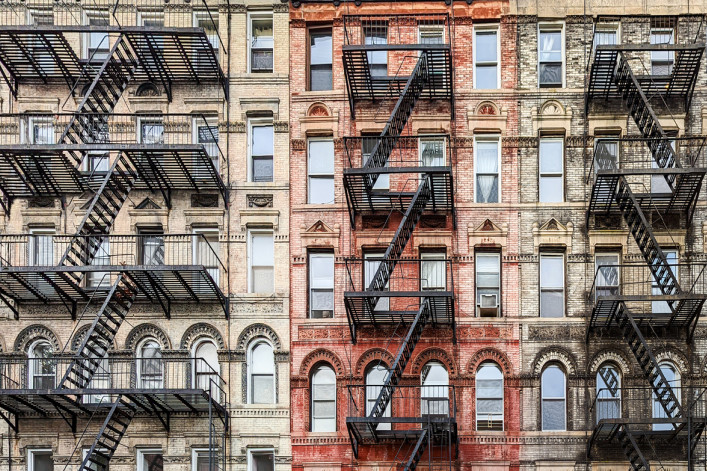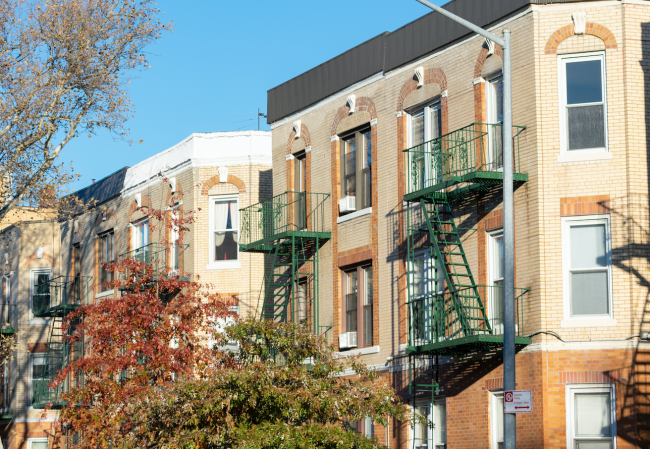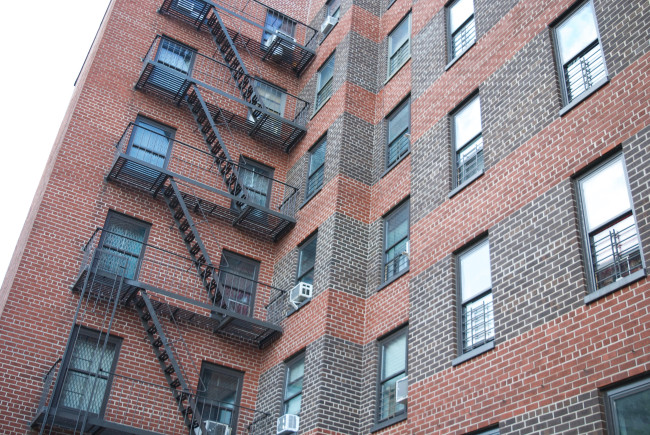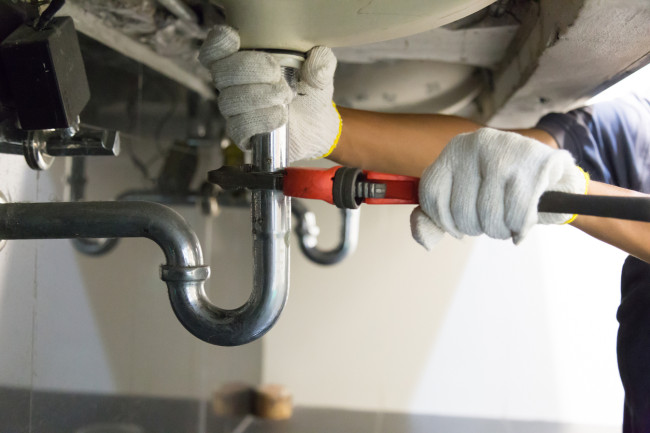Can you kick out a bad landlord? Yes, but problems in your building may not change

Filing a 7A complaint requires one third of a building's tenants to ask the court to appoint an administrator to step in and take the place of the owner.
iStock
Kicking out a bad landlord may seem like the solution if you're dealing with dangerous conditions in your building, such as serious disrepair or pest infestations. It is possible to do this through New York City's housing court and while the process isn't overly complicated, you should consider this a last resort because getting new management doesn't always resolve the problems in your building.
NYC has rules to protect tenants, among them is the warranty of habitability that ensures your landlord provides you with a safe and habitable apartment—which is their responsibility. However, sometimes even these rules get ignored, violations add up, and life for tenants becomes a nightmare as result of leaks, mold, pests, and other safety issues. When conditions get this bad, and you have already tried obvious solutions like putting your complaints in writing to your landlord, calling 311, and even withholding rent, you may be wondering what is the next step.
There are essentially two ways an owner can be separated from their building: Foreclosure, which can happen if a landlord isn’t paying their mortgage or taxes; and filing a 7A complaint, which allows one third of a building's tenants to ask the court to appoint an administrator to step in and take the place of the owner.
Criteria needed to file a 7A complaint
There are two ways to move forward with this kind of action. The first involves tenants making the application. In this case, one third of tenants need to initiate the proceeding by filing a petition. There also need to be code violations or conditions that would warrant this move. "It’s done when there are many violations and longstanding issues with repairing and maintaining the building," says Steven Kirkpatrick, a partner at the law firm Romer Debbas.
The owner will typically oppose the move and the court will hold a hearing to decide whether the criteria is met and whether it should be done.
There are also situations where the New York State Department of Housing Preservation and Development can use this method to remove a landlord. In this case you don't have to meet the one-third tenant threshold.
Kicking out a landlord is a last resort
Trying to kick out your landlord through the court system isn’t easy and tends to be a last resort. “It's tough to do,” says Jennifer Rozen, managing attorney at Rozen Law Group. “The landlord really has to let the building fall into a state of disrepair,” she says.
However, as shown in a case involving a group of tenants at 567 St. John’s Pl. in Crown Heights, it is possible. According to their suit, conditions in their building included rats, mice, and bedbug infestations; mold; collapsed ceilings; a broken staircase; and lead-paint hazards. Last month, a housing court judge ruled in the tenants’ favor, removing the owner from managing the eight-unit building.
The downside of kicking out a landlord
In theory, kicking out a landlord and replacing them with an HPD-monitored administrator should eventually improve conditions but Kirkpatrick says that's not always what happens.
"Tenants think the administrators can come in and solve all the problems but they don’t understand the limited abilities of the administrators to make repairs," he says.
In some situations, the administrators can get loans for repairs he says, but it's not always well managed and there's little money left for basic operating costs.
Kirkpatrick recently represented an owner who was trying to get rid of a 7A administrator, having bought a building where the administrator was in place. Over the five years the administrator had been there, the number of violations on the building had actually gone up, he says.
"Real estate taxes hadn’t been paid, no water charges had been paid, the administrator borrowed money from the city and instead of fixing leaks, had spent hundreds of thousands of dollars on a window replacement program," he says.
The result was a building with unpaid taxes, unpaid water charges, and increasing debt. "In many cases the end result is not an improvement but rather you have a building that is in more of a hole and it's more difficult to get out because you have debt, real estate taxes, and still need repairs," he says.
Safeguards to prevent abuse by 7A administrators
Kirkpatrick says 7A administrators were often used in the 1970s and 1980s, when many owners abandoned buildings. The people appointed as administrators were often heads of the tenants’ associations—and they put friends in the apartments, offered sweetheart leases, and as a result, the buildings fell into even worse condition.
Now, 7A administrators need to be on a list maintained by HPD, which Kirkpatrick says has largely removed conflicts of interest and low rents but says it takes money to run a building. "If you don’t have rents coming in because rents are not being paid, what are you going to work with?" he asks.
You Might Also Like



























